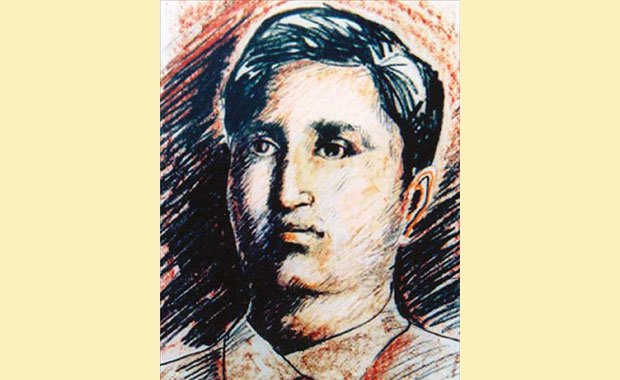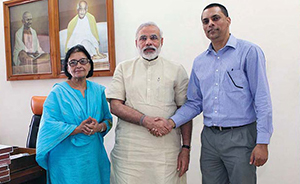Tarak Nath Das
EXPELLED FROM CANADA
Embarrassed by his anti-British activities, his employers gave him a choice—stop the journal or resign. Das chose the latter option and resigned from his job. And instead of stopping his activities, he became more organized. He opened a home for the children of the Indian immigrants which also doubled up as an evening school for adults to teach them English and Mathematics apart from nationalism. His growing influence within the migrant community made him an eyesore for the authorities and Hopkinson was able to get him expelled from Canada. Das returned to Seattle in 1908 and continued to bring out the Free Hindustan. By now, the journal was widely read not only by the Indian community, but also by revolutionaries like Irishman George Freeman.
LIFE IN THE USA
Das was now ready for the next part of his training. He joined the Norwich University, Vermont, to obtain military training. He completed his training and applied for enlistment with the Vermont National Guard. But diplomatic pressure from the British forced the authorities to ask him to leave the training program. By 1909, Das returned to Seattle. He enrolled at the University of Washington and completed his Bachelor’s degree in Political Science. He was active in student politics while continuing with his education. He was awarded the UW’s first graduate fellowship in political science to conduct independent research on employers’ liability law. Das obtained an M.A. and teaching certificate in 1911.
Alongside his nationalist agenda, Das was involved in activities like the Cosmopolitan Club of his university. One of the members of the club was a professor who helped serve as a reference for him when he applied for US citizenship. Das was also instrumental in founding the Hindusthan Association of America, a non-political organization intended to support Indian students in the U.S. After graduating from the UW, Das went to Berkeley, where he enrolled in a doctoral program but never finished. Instead, he continued his revolutionary activities. During this period, Das came in contact with Lala Har Dayal and they shared their common objective – the overthrow of the British from Indian soil and armed revolt was their chosen method. Soon after, in 1914, Das finally got his US citizenship. This could not have happened at a more opportune time. Das was now out of the reach of the British government. He travelled to Germany, now on the brink of war, to secure funds for an armed revolt in India. In the meantime, he received the disheartening news of the failure of the Gadar movement because of the betrayal from within.
In 1917 Das returned to the USA to face the charge of conspiring to violate the Neutrality Act. He and other conspirators were convicted in the Hindu-German Conspiracy case in San Francisco and Das was sentenced to 22 months in the penitentiary in Leavenworth, Kansas. After his release in 1924, Tarak married his long-time friend and benefactress Mary Keatinge Morse. He went on an extended tour of Europe with his wife and made Munich his headquarters for his activities. It was there that he founded the India Institute, that awarded scholarships to meritorious Indian students who pursued higher studies in Germany. On his return to the United States, Tarak was appointed as the professor of political science at the Columbia University and also a Fellow of the Georgetown University. With his wife, he opened Tarak Nath Das Foundation in 1935 which has been offering academic fellowships to Indian students in the US.
Das visited India a few years after Independence. His happiness at seeing India free was dampened by the partition of the country.
Das taught at various universities till he died in 1958.











Comments.